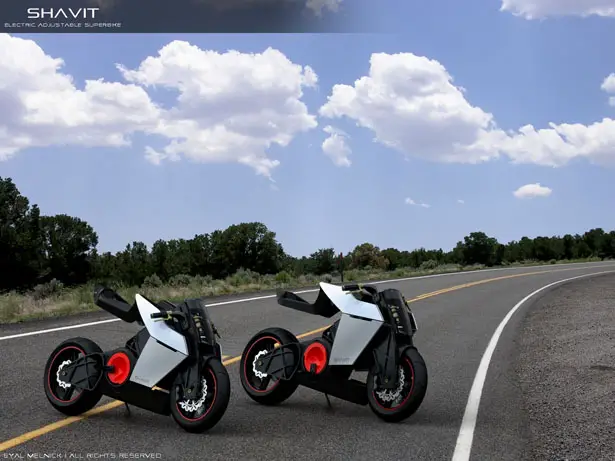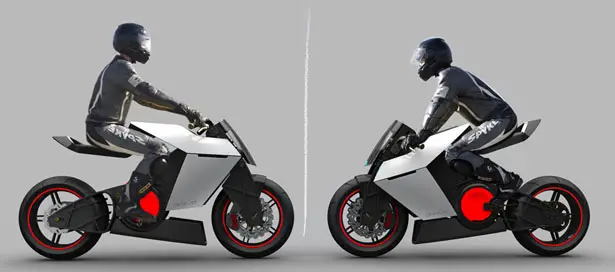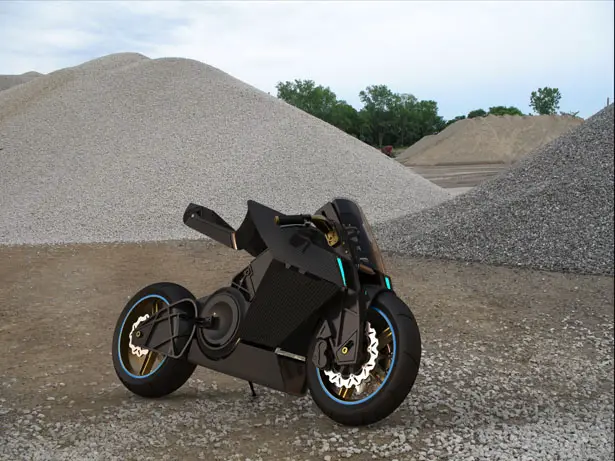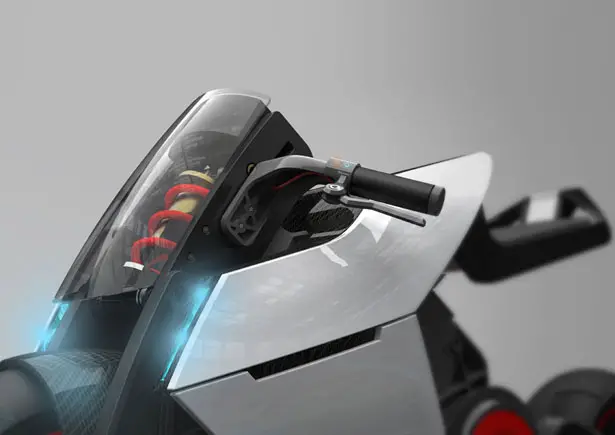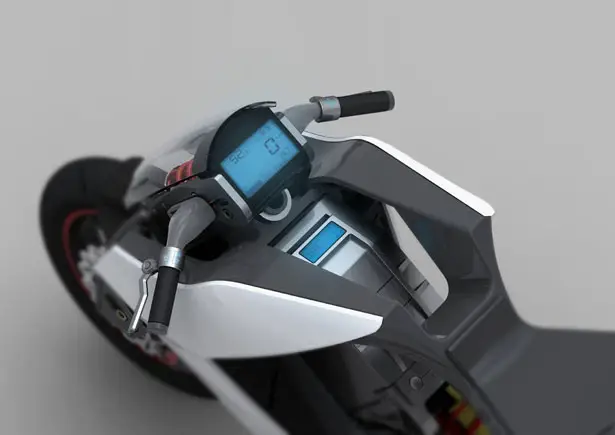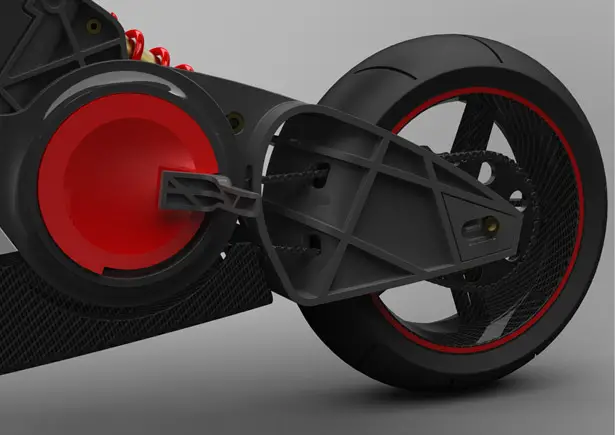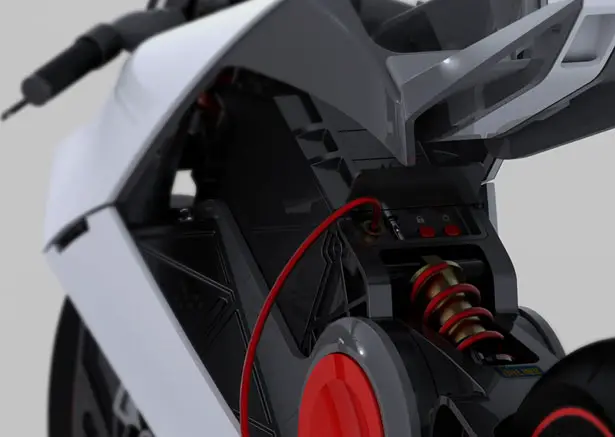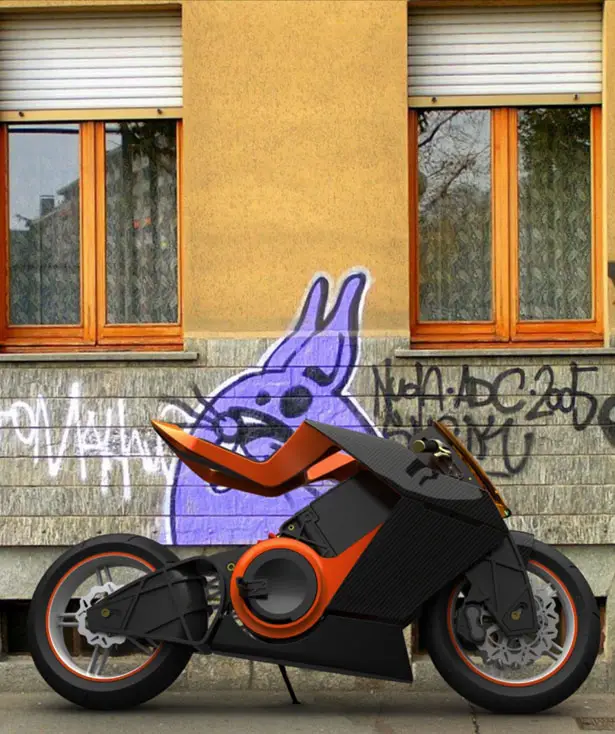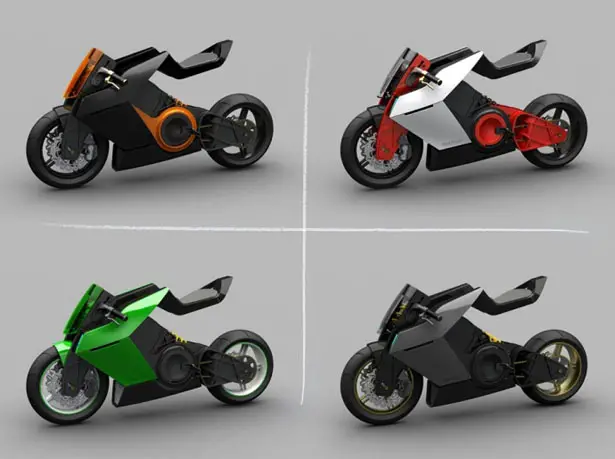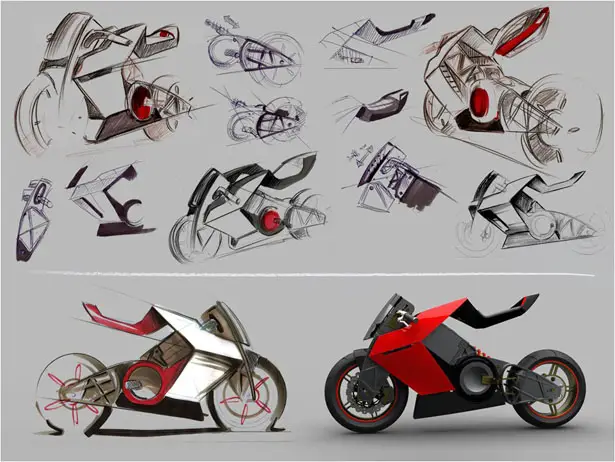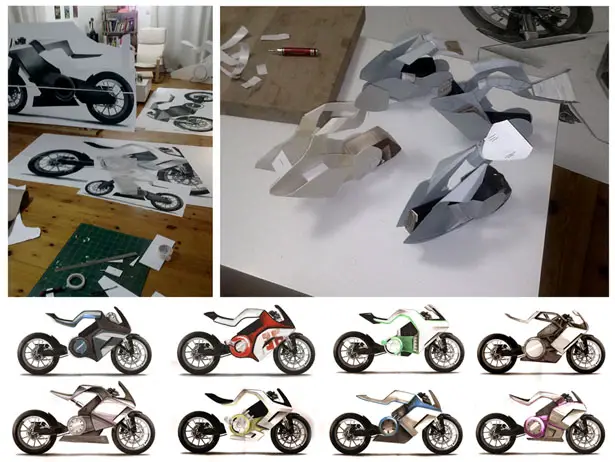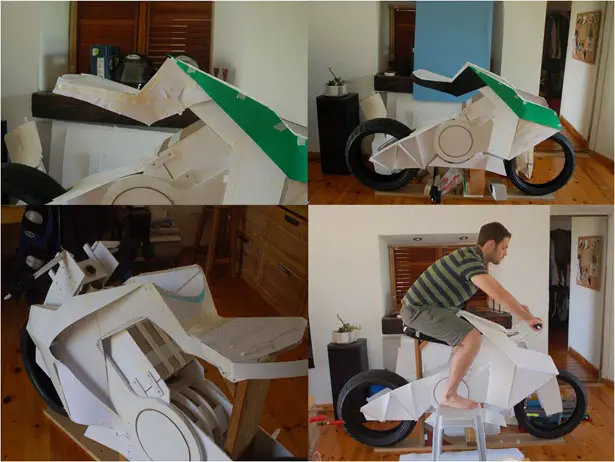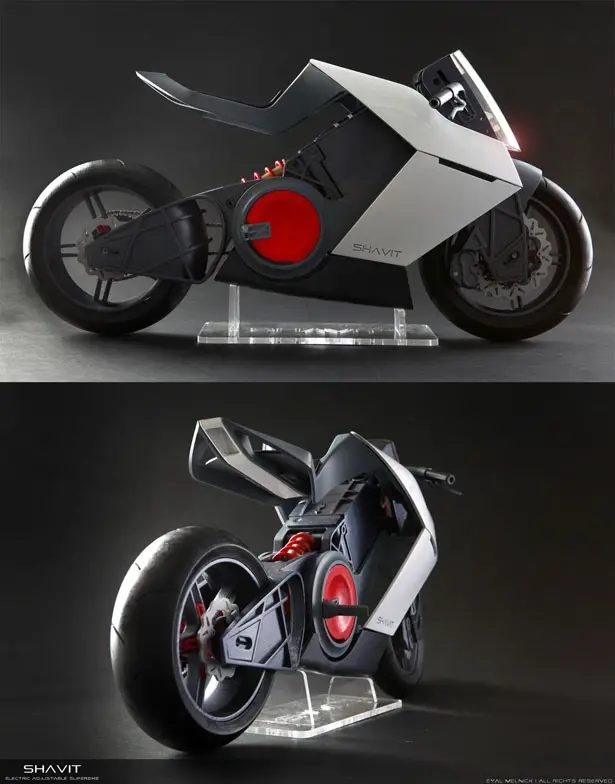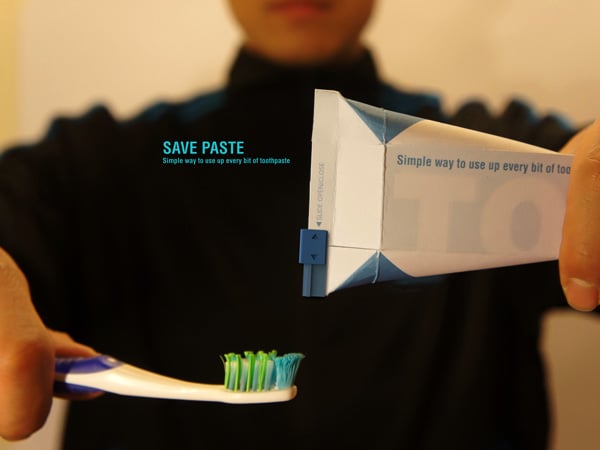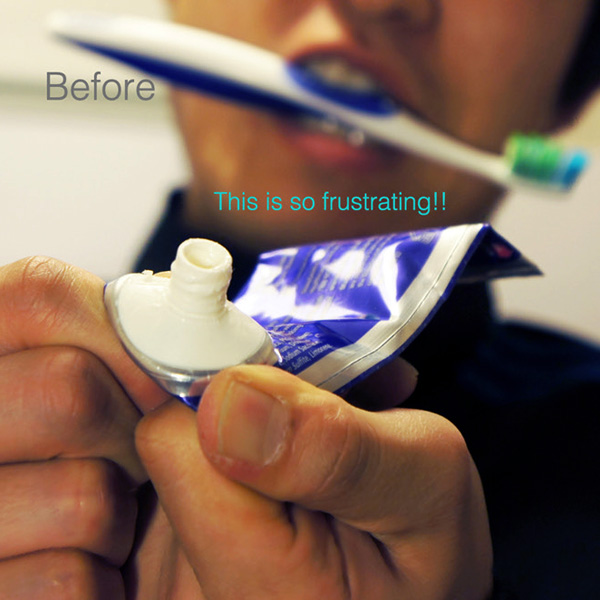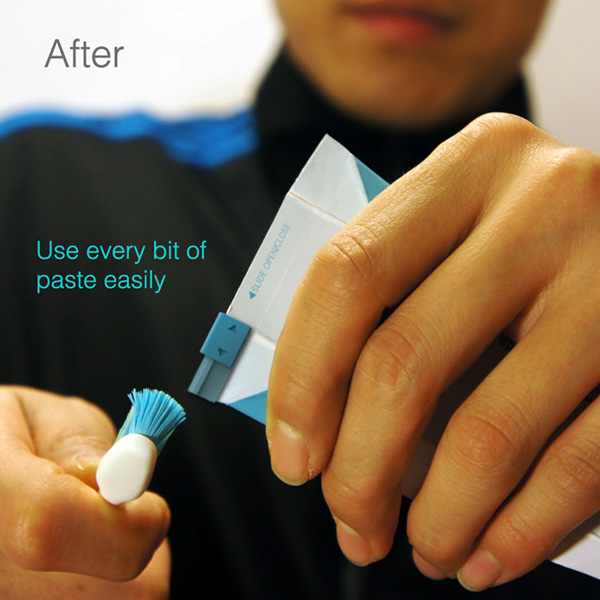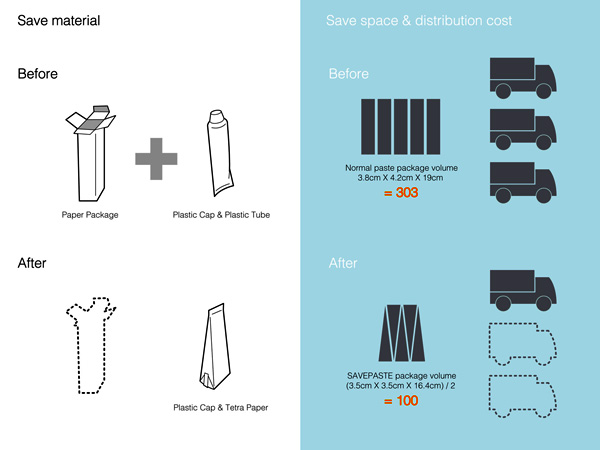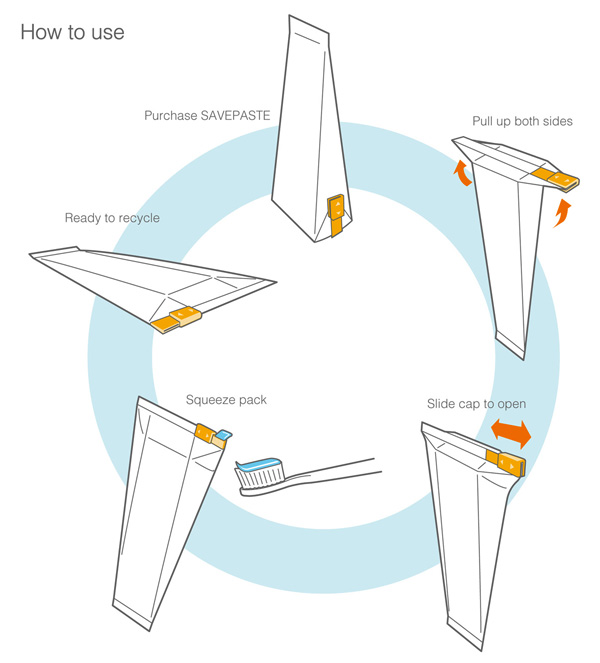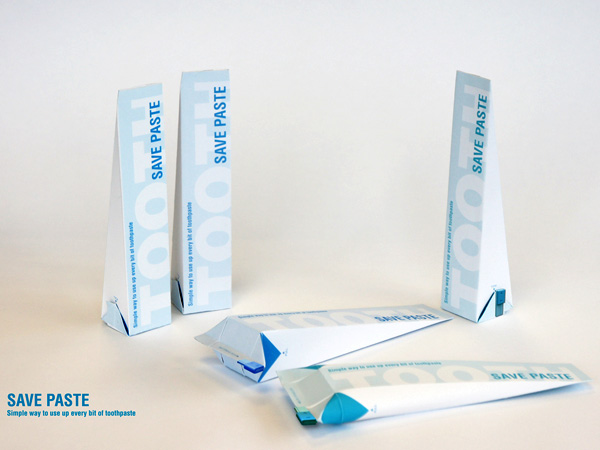Nhóm thiết kế của công ty Emergent tại Los Angeles vừa sáng chế một mẫu xe hơi mới được cấu thành từ hỗn hợp giống sụn và mẫu xe có thể tự sản sinh ra nhiên liệu từ tảo sinh học. Ý tưởng này sẽ giải quyết được nhiều vấn đề giao thông hiện tại. Nhóm thiết kế hi vọng đây sẽ là xe hơi sinh học thay thế xe hơi công nghiệp trong tương lai.
Mẫu xe hơi Semi-Rigid Car (Xe hơi nửa cứng/Xe hơi dẻo) được làm bằng kỹ thuật in 3D trong một tấm hỗn hợp nguyên liệu hữu cơ, polyme, cao su tổng hợp, nhựa dẻo tổng hợp và silicon giúp thân ngoài xe có hình dạng và bề mặt chất cảm tương đương với sụn người.

Xe hơi tương lai có khung linh hoạt, cứng ở vị trí cần bảo vệ người lái và dẻo ở vị trí hay chịu va đập giúp nó đập lại hoặc hấp thụ va đập. Ảnh: Inhabitat.
Khung xe được làm từ chất liệu sụn nhân tạo phân bổ theo các mức độ dày mỏng khác nhau tùy từng vị trí, tạo ra độ cứng nhất định ở những chỗ cần thiết giúp bảo vệ người lái; đồng thời tạo độ dẻo linh hoạt ở những vị trí dễ dàng bị va đập. Không giống xe hơi thông thường khi va đập sẽ bị vỡ méo, mẫu xe hơi dẻo này có thể phản lại hoặc hấp thu tác động, trong khi khung cabin xe vẫn bảo vệ người lái được an toàn.
Cửa xe và nắp ca-pô được làm từ da cao su tổng hợp và bộ khung gầm có khả năng gập lại như một chi người giúp việc vận chuyển phương tiện sẽ dễ dàng hơn. Hơn nữa, cửa xe có thể được điều khiển bằng cơ chế giống như các gân người, có thể cuộn lại khi con người phát ra các tín hiệu hóa học.
Phá cách hơn nữa, nhóm thiết kế Emergent quyết định nếu khung ngoài của xe có thể kết hợp với nhau như tự nhiên, họ cũng có thể áp dụng kết cấu sinh học cho phần bên trong.
Chiếc xe hơi này tự tạo ra nhiên liệu sinh học (biofuel) ở sâu bên trong cấu trúc của nó, nơi các sụn dẻo của bề ngoài hợp lại tạo thành các bồn nhỏ có tường dày nằm sâu bên trong thân xe. Những bồn chứa này gồm nhiều tập đoàn tảo sinh học sản xuất nhiên liệu sinh học cần thiết cho chiếc xe. Đèn LED được gắn vào bên trong các bồn tảo cho phép sản xuất nhiên liệu 24/24 mà không cần có ánh sáng mặt trời.
Emergent tuyên bố, “chiếc xe hơi này không chỉ có ngoại thất nhẵn mịn và thẩm mỹ của một xe hơi thể thao thượng hạng mà còn giải phóng bạn khỏi nhiên liệu khí gas và thậm chí là điện.”
